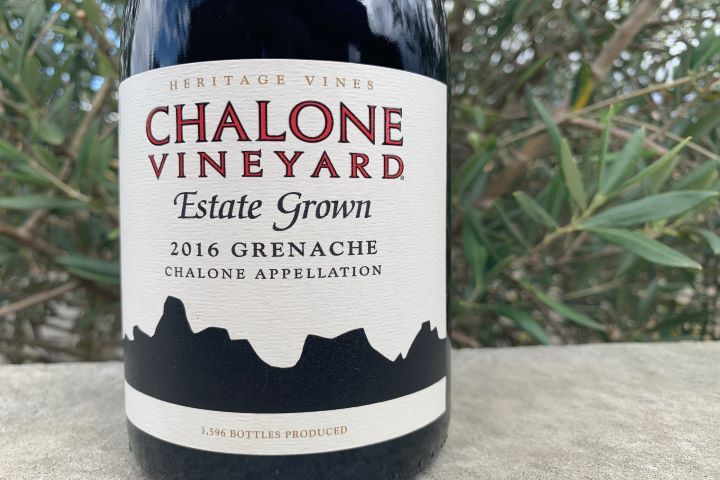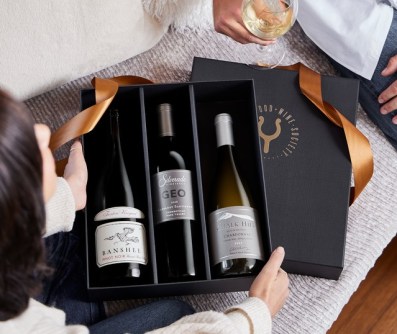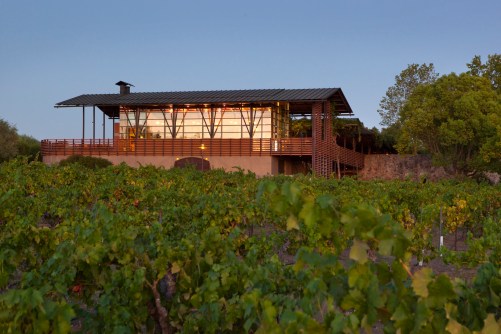In honor of International Grenache Day (September 18), we wanted to answer some commonly asked questions about this lesser-known varietal.
WHAT IS GRENACHE AND WHERE IS IT COMMONLY PRODUCED?
Grenache is a grape variety grown primarily in France’s Southern Rhône, the Languedoc, and Roussillon, as well as in Spain (where it’s known as Garnacha), throughout Australia and the United States. It’s also grown in Italy’s Sardegna where it is known as Cannonau. It produces both red and white wines. We don’t see it too often in the United States making it an interesting variety to add to your wine cellar.
WHERE DID THE GRENACHE (GARNACHA) GRAPE ORIGINATE?
In 2018, a Wine Enthusiast article titled “Garnacha Goes Global: A Variety on the Rise” reported that Grenache is one of the most widely planted grape varieties in the world. Enthusiast’s focus on Spain was intentional because Spain is thought to be the ancestral of this grape. “The magazine reported that Spain’s Cariñena—about three and a half hours west of Barcelona—is “considered both the grape’s birthplace and spiritual home,” where optimal growing conditions, like plenty of heat, allow it to thrive. “The warm, well-drained soils that would fry the delicacy right out of Pinot Noir, allows for the best concentration of flavors and aroma in Grenache.”
WHAT ARE THE CHARACTERISTICS OF GRENACHE?
In general, Grenache is known to have strong aromas of red fruits such as ripe strawberry, cherry, and raspberry with hints of baking spices, black pepper, and herbs. The 2017 Foley Sonoma Old Vine Grenache displays some of these classic characteristics with its enticing flavors of bright raspberry, red cherry, and hints of white pepper that complement its smooth, spicy finish. This variety is bold with high alcohol and soft tannins, but when produced correctly, Grenache has a delightful acidity that makes it a great wine to pair with food.
IS GRENACHE EVER BLENDED WITH OTHER GRAPES?
Grenache can be made into a 100% varietal wine, of course, but it’s commonly blended with other varieties to smooth out the tannins and lower the alcohol levels. It’s typically blended with Syrah and Mourvèdre to make a blend called GSM (Grenache, Syrah, and Mourvedre). GSM blends are produced globally, but are extremely popular in France’s Rhone Valley, where it tends to shine— often blended with Cinsault and Carignan. In Spain, Garnacha-based wines are produced in Priorat and Campo de Borja. While most bottlings are red, some producers make white and rosé renditions—including a few of our own like Foley Estates, Lincourt, and Chalone.
WHAT PAIRS WELL WITH GRENACHE?
Pair this variety with grilled meats such as beef, chicken, and pork, but due to the typical spiciness in Grenache, it’s also incredible with mild Asian dishes containing cumin and other baking spices. From smoky barbecue to softer cheeses (we recommend Taleggio) and even the Thanksgiving turkey, there’s always a place for Grenache in your wine glass.
Grab a bottle or two from the FFWS Grenache collection because this is a variety you’re going to want to try if you haven’t already!




